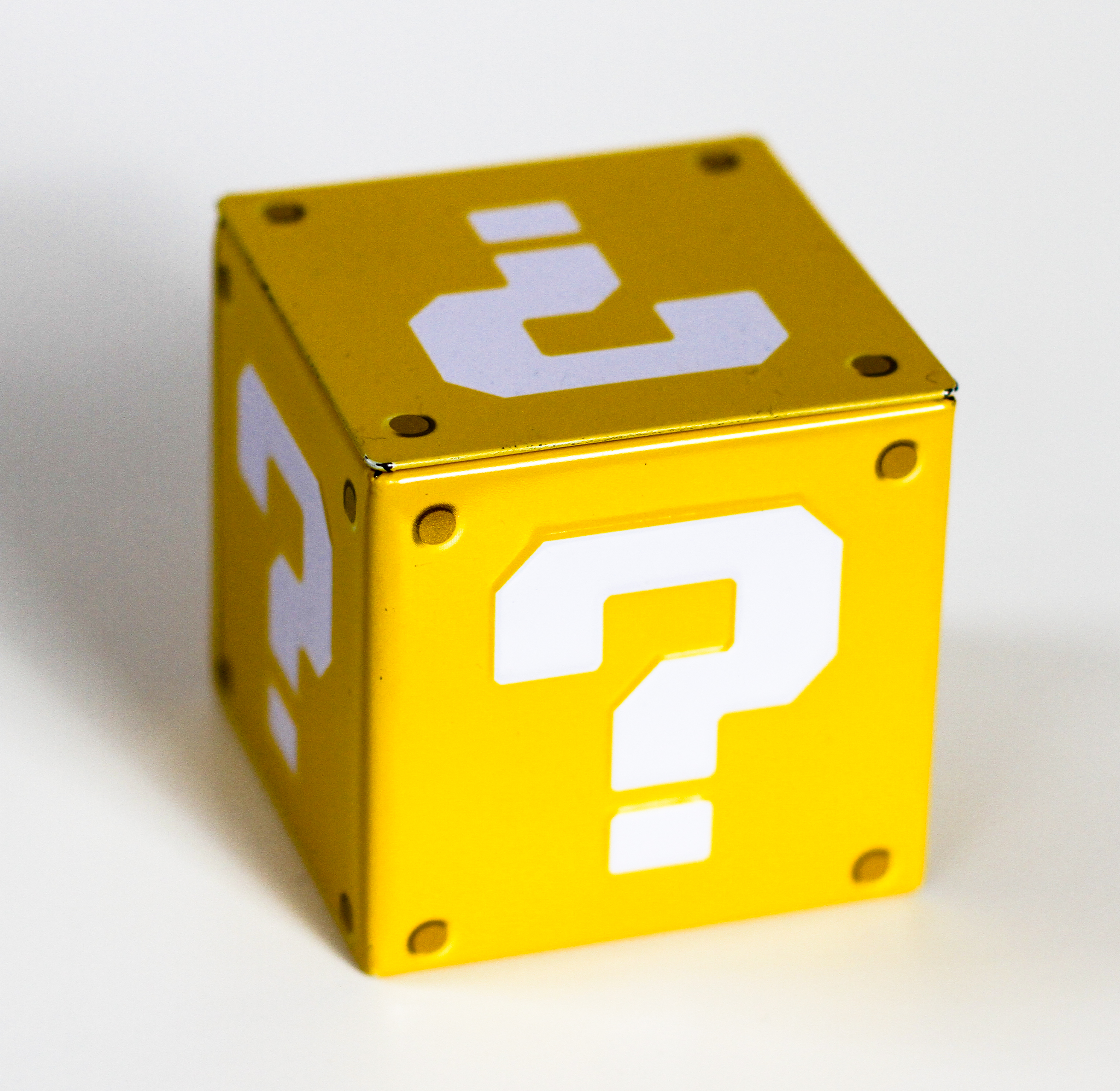 Too often, we find that organizations under-utilize their existing research data. During the weeks (and maybe months) following a research presentation, the report is looked at. But then the memory fades and the business moves on. And that research report is left gathering dust. Sound familiar? This is such a shame – again and again we find that huge amounts of value can be gained from existing data. In this post I’m going to share a simple technique we use to create new insights from existing data.
Too often, we find that organizations under-utilize their existing research data. During the weeks (and maybe months) following a research presentation, the report is looked at. But then the memory fades and the business moves on. And that research report is left gathering dust. Sound familiar? This is such a shame – again and again we find that huge amounts of value can be gained from existing data. In this post I’m going to share a simple technique we use to create new insights from existing data.
Before we start – Get hold of all the existing data
Make sure you’ve got your hands on all the data. Not just the latest report from Nielsen or your latest shopper study. Grab everything. If your thinking about new shopper insights, don’t just grab the existing shopper data – go get consumer data. Panel data. Retail Audit data. Focus group reports. Go get everything. Existing data can often be refreshed by looking at it in a different context – in conjunction with other existing data.
The magic step to create new insights from existing data? Hypotheses!
Hypotheses. Now before I scare you off, or put you into a cold sweat as you start remembering high school statistics, don’t panic! Formal statistical hypotheses have their place in insights creation, but I don’t want to make this a barrier. Think of hypotheses as ideas, suggestions, thoughts and ideas around a situation or a challenge. Don’t worry about whether your math teacher on your MBA professor would like them: just make sure they capture what you think or believe about the situation.
How to create hypotheses to create new insights from existing data
The first step is to brainstorm to get some ideas. Don’t worry about phrasing things perfectly – don’t think of this as branstorming hypotheses. That is too hard – it forces the brain to think and that gets in the way of the spontaneity required for great brainstorming. Just brainstorm out all of your thoughts and ideas around the challenge or opportunity you are thinking.
Next – turn your ideas into statements. Many of your ideas might have been phrased as questions: turn them now into a statement which can be proven. “Does putting the product on a gondola end attract new shoppers” can be rephrased as “Putting the product on the gondola end attracts new shoppers”, for example. That’s it – that’s as far as we take the process at this stage.
Prioritize hypotheses to focus the hunt for new insights in existing data
Digging into all that existing data and proving hypotheses takes time. So before going any further, just stop for a moment and work out which hypotheses could be high value. Ask yourself “if this were true (or false), what would be the impact? What would we do differently?” Don’t sweat this too much – just a sense of what would be high value, versus things that are lower value.
At the same time consider how easy or difficult it would be to implement the findings. Prioritize the hypotheses with high value, and relatively low barriers to implementation.
Identify which of these hypotheses could potentially be investigated with your existing data. These are where we’ll start. Those that are high value but can’t be proven with current existing data – set aside. Don’t discard – these might become the basis of a brand new research project!
This process isn’t an exact science, and that’s deliberate. This is just to give us something to focus on as we get stuck into the data. Which brings me onto the big secret here. It doesn’t really matter what your hypotheses are!
Why hypotheses are so powerful when creating new insights from existing data
I know. I’ve just told you to focus on working out which hypotheses are high value, and now I’m telling you that it doesn’t matter. Let me explain.
The entire process is designed to get your brain focused on possible outcomes, rather than data. Once you start digging into the existing data, you’ll find things that support your hypothesis (and things that disprove it). Your brain will also notice other things. These become new hypotheses! New stuff starts to flow, so capture it. The trick is to get your brain to start looking at data with purpose.
Getting new insights from existing data is about getting your brain to look at the data differently
I’m not a psychologist, and I’m not going to attempt to explain why or how this works. But think of it this way. If we just start reading the report, we look at data. If we read data without purpose, our brain doesn’t seem to take it in. But if we have hypotheses in mind, we look at the data differently. We focus. We activate the brain differently. And believe me, it works. We’ve used this technique to find brand new insights from existing data for the biggest consumer goods companies on the planet. Existing data discarded or disregarded – we used this technique to find new, high value insights.
The entire process is about getting your brain to think differently
The entire process – gathering data, brainstorming hypotheses, prioritizing hypotheses, digging into the data – all works to get your brain to approach the data from different angles. Each step makes us think differently, and that seems to be what works. Try it and let me know what happens!
Just a first step towards creating new insights from existing data
Of course this is only the first step of the process – but it is the most powerful. In the coming months I’m going to share more of this process (including the secret, ‘zeroth step’!). Make sure you subscribe to this blog so you don’t miss them!
And if you have some existing data, and you want to know whether there is any valuable insight buried inside, get in touch. We’d be happy to help create new value and new insights from existing data!
And one last point – if you are thinking about conducting some new market research, you might want to check out this post before you do to help you ensure that your research is more likely to lead to high value new insights.




